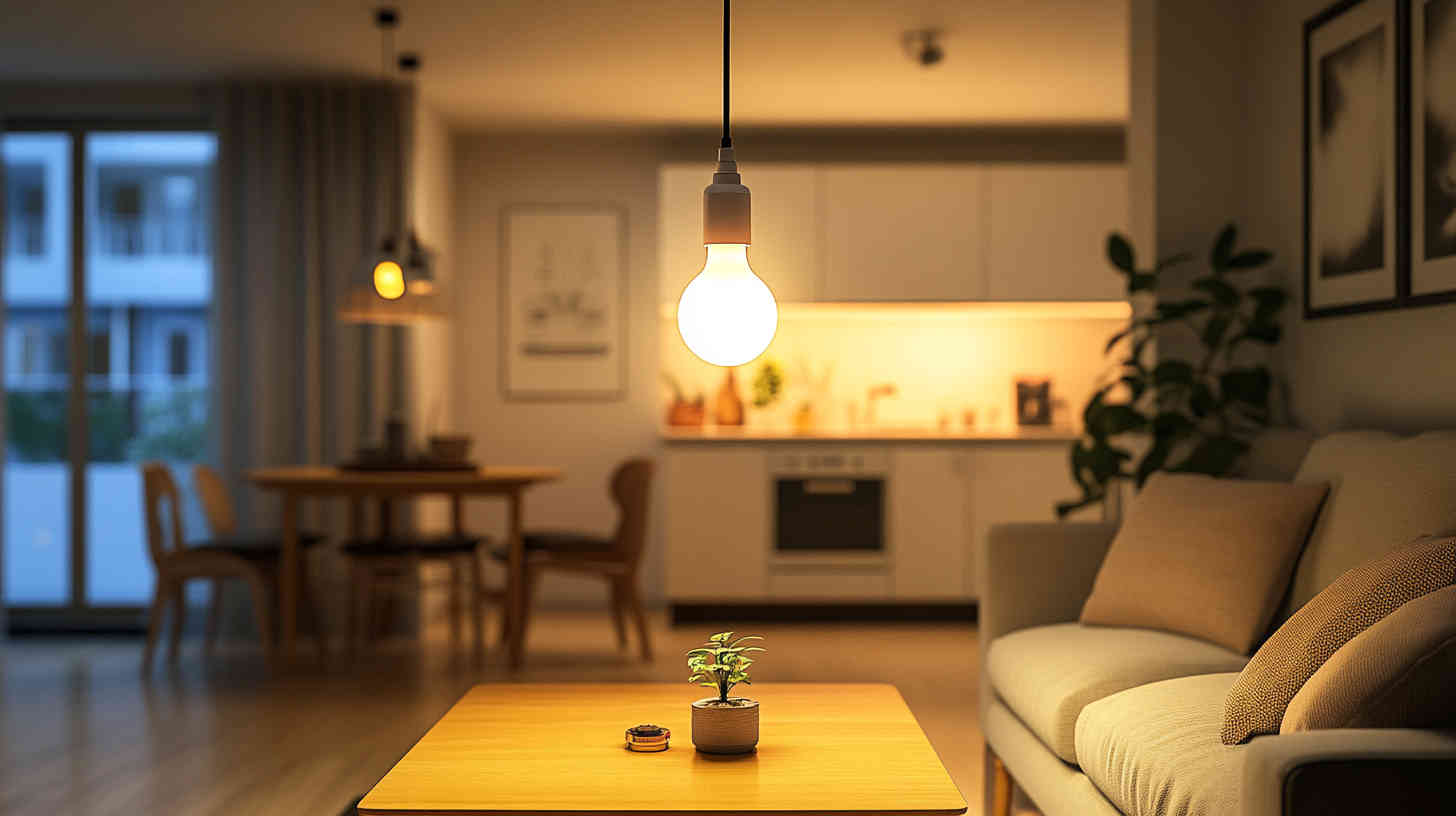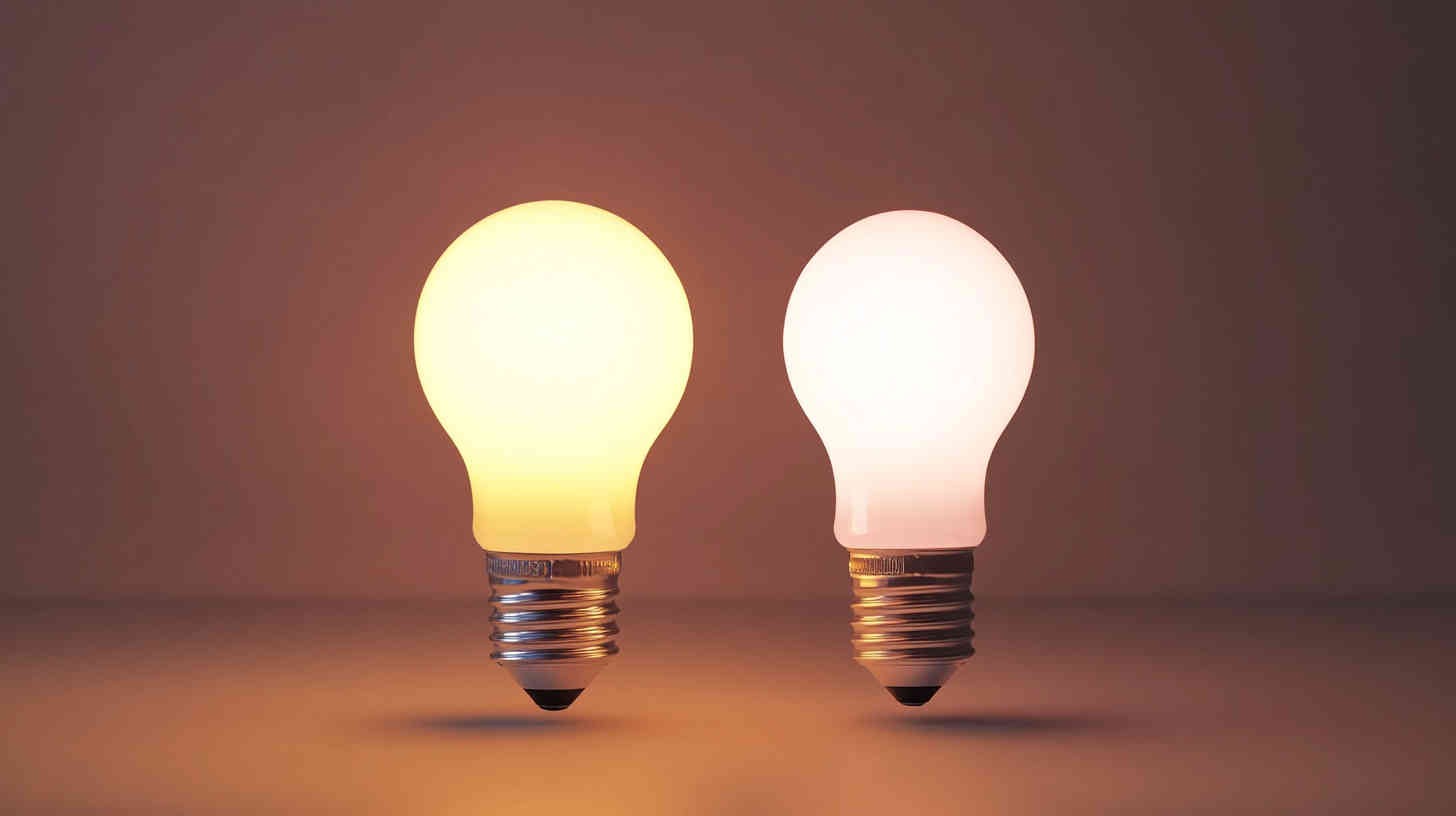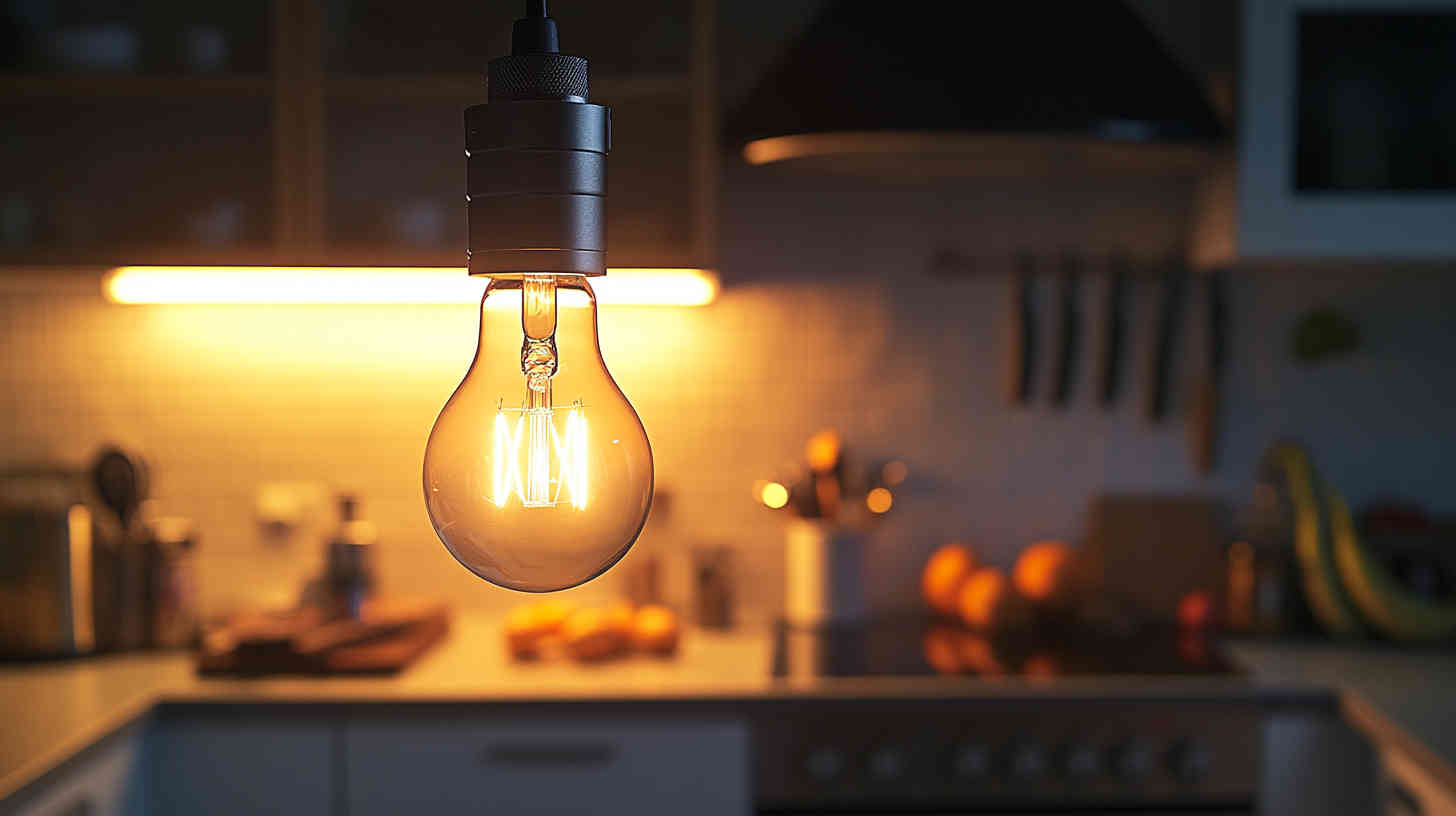When I started shopping for lighting—both for my home and business—I got hit with a flood of confusing terms. Lumens, watts, lux… it felt like I needed an engineering degree just to buy a light bulb. I’ve made the mistake of thinking higher watts meant more brightness (spoiler: it doesn’t anymore). And trust me, using the wrong conversion can leave you with dim rooms or a nasty electricity bill. So if you’re wondering how to get the right lighting without the guesswork, let me walk you through exactly how to convert lumens to watts—and why it matters.
Converting lumens to watts is how I figure out how much energy I’m burning to get the brightness I need. Lumens tell you how bright the bulb is. Watts tell you how much juice it’s using. But not all bulbs are created equal. LEDs blow incandescent bulbs out of the water when it comes to efficiency. So, you’ve got to look at the lumens-per-watt ratio. That’s the real secret. Take your total lumens, divide by the bulb’s efficacy (lumens per watt), and bam—you know how efficient your light really is. Knowing this little formula helps me make smarter lighting choices that save energy and money.
Let’s break this down piece by piece so you can finally pick the perfect lights without second-guessing yourself.
Table of Contents
What Are Lumens and Watts?
If you’re still using watts to judge a bulb’s brightness, I get it. That’s how it used to work. But in today’s world of LEDs and energy-saving tech, it’s time for a new way of thinking.
What are Watts?
Watts used to be the go-to when buying a light bulb. We all knew a 60-watt bulb meant “standard brightness” for a room. But now? Not so much. Watts measure power—how much energy the bulb is sucking down—not brightness. For example, that same brightness you got from a 60-watt incandescent? A 10-watt LED can do the same job. So now, lower watts can still mean big brightness—if you’re using efficient bulbs like LEDs.
What are Lumens?
Now we’re talking brightness. Lumens are what tell you how much actual light you’re getting out of a bulb. The more lumens, the brighter the light. It’s that simple. So, when I’m trying to light up a room, I check the lumens first, not the watts. A 1600-lumen bulb is pretty bright—it’s about what you’d get from an old 100-watt incandescent. But with a good LED? You can get that same 1600 lumens using just 10 to 15 watts. That’s a huge energy savings over time.
What is Lux?
Here’s where it gets a little more technical. Lux is like the real-world effect of your light. It measures how many lumens hit a certain area. Think of it like this: if you shine 1000 lumens into a closet, it’ll feel a lot brighter than if you spread that same light across your whole garage. That’s the lux. It’s lumens divided by square meters. So 1000 lumens over 10 square meters? That’s 100 lux. This comes in handy when designing workspaces, warehouses, or any place where lighting levels actually matter for performance and safety.
Bottom line? Lumens show you how bright the bulb is. Watts show you how much power it uses. Lux shows you how well that light actually fills a space. And once you understand the difference, you’ll never waste money—or squint under bad lighting—again.

How to Convert Lumens to Watts
Converting lumens to watts is not straightforward because lumens measure the amount of light produced by a bulb (brightness), while watts measure the amount of energy consumed. The efficiency of the light source (lumens per watt) varies depending on the type of bulb. However, you can estimate the wattage needed for a specific lumen output based on the efficiency of the bulb.
The general formula for conversion is:

Different types of bulbs have different efficacies, which means they emit different amounts of light (lumens) per watt of energy consumed.
Lumens to Watts Conversion Chart for Different Bulb Types
Below is a conversion chart based on average lumens per watt values for different bulb types. These values are averages and can vary depending on the specific brand or model of the bulb.
| Bulb Type | Lumens per Watt (Average Efficacy) | Watts for 1000 Lumens | Watts for 1600 Lumens |
|---|---|---|---|
| LED | 80-100 | 10-12 watts | 16-20 watts |
| Incandescent | 10-15 | 66-100 watts | 106-160 watts |
| Halogen | 15-20 | 50-66 watts | 80-106 watts |
| CFL (Compact Fluorescent) | 50-70 | 14-20 watts | 22-32 watts |
| Metal Halide | 60-90 | 11-17 watts | 18-27 watts |
Let me break down the different types of bulbs out there—because if you’re like me, staring at a lighting aisle or a product page full of acronyms can make your head spin. I’ve wasted money on the wrong bulb more times than I’d like to admit. So here’s a no-fluff rundown of how each bulb performs, where it works best, and what you really need to know before you hit “buy.”
LED (Light Emitting Diode)
These are my go-to. Why? Because they crank out a ton of light using very little power. You get high lumens with low watts—exactly what you want if you’re trying to save on energy bills. LEDs are everywhere now—homes, offices, factories—you name it. And they last forever. Well, not literally, but you get the idea. I install them once and forget about them for years.
Incandescent
These are the old-school bulbs most of us grew up with. They’re cheap up front but cost you more in the long run. Why? Because they burn way more energy and give off way less light than LEDs or even CFLs. Most places are phasing these out, but you’ll still see them in vintage-style lamps or decorative fixtures. I only use them if I’m going for a certain look—and even then, rarely.
Halogen
Halogens are like the younger cousin of incandescents—slightly better, but still power-hungry compared to LEDs. They do give off bright, crisp light, which makes them perfect for car headlights or floodlights. I use them when I need something intense and focused, but I wouldn’t rely on them for all-day use indoors. They run hot and eat more energy than I like.
CFL (Compact Fluorescent Lamp)
These were the “big thing” before LEDs took over. They’re better than incandescents and halogens when it comes to efficiency, but still not as good as LEDs. I’ve got a few CFLs in lamps around the house that I haven’t gotten around to swapping out yet. They’re okay, especially in places where you don’t need instant full brightness (since they take a second to warm up), but LEDs are still king.
Metal Halide
These are beasts when it comes to brightness. I use them—or used to use them—for big, open spaces. Think stadiums, parking lots, or warehouses. They throw out a ton of lumens, which is great, but they also use more power than LEDs and take forever to warm up. If you’re lighting up an industrial site or sports field, they might still make sense—but LED high mast lights are quickly replacing them.
Quick Note:
The lumens-per-watt numbers I’ve shared are averages. Some top-tier bulbs—especially high-end LEDs—can outperform those numbers easily. If you want an accurate idea of how much light you’re getting for your energy buck, check the efficacy rating (that’s lumens per watt) printed right on the bulb box or spec sheet. That’s where the truth lives.
Bottom line? Know what you’re trying to light, match it to the right bulb, and always check how efficient it really is. Saves you headaches—and money.

Luminous Efficacy
Here’s something I learned the hard way—just because a bulb uses electricity doesn’t mean it gives you much light. That’s where luminous efficacy comes in. It’s all about how many lumens (light) you get per watt (power). The higher the number, the better. LEDs are champs in this department. They give you more light while using way less energy. So when I’m comparing lighting options, I always check that number first. It’s the fastest way to tell if I’m getting the most bang for my buck.
Why Lumens Matter More Than Watts
Back in the day, watts were everything. A 60-watt bulb meant “bright,” and that was that. But now? It’s a whole new game. Lumens are what really tell you how bright a bulb is. Watts just tell you how much energy it eats up. That’s why LEDs are such a game-changer—they give off the same brightness as old-school bulbs while using way fewer watts. So if you want efficient lighting that doesn’t drain your power bill, forget watts—focus on lumens.

Choosing the Right LED Bulb: Factors to Consider
When I’m shopping for LED bulbs, I don’t just grab the first thing on the shelf. I go through a quick checklist to make sure I’m picking the right one:
- Lumens Needed: I figure out how much light I actually need for the room. Bigger space? More lumens.
- Wattage: I want the light, not the bill. So I go for low wattage with high lumens—that’s LED’s sweet spot.
- Color Temperature: Do I want a cozy vibe or a daylight look? Warm for chill zones, cool for work areas.
- Dimmability: If I need mood lighting or adjustable brightness, I always make sure the bulb is dimmable.
Stick to this checklist, and it’s hard to go wrong. You’ll get the right look, the right performance, and lower energy costs to boot.

Conclusion
If you really want to get smart about lighting, learn how to balance lumens and watts. Lumens tell you how bright a bulb is. Watts tell you how much energy it uses. The trick is getting the most light with the least power—and that’s where LED lights shine. Whether you’re swapping out old bulbs or starting from scratch, knowing your lumen-to-watt ratio is how you save money and light your space the right way. Need help figuring it all out? Reach out to us—I’ll walk you through everything and make sure you get the perfect setup.





